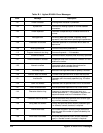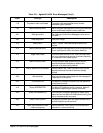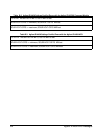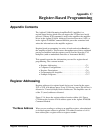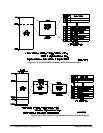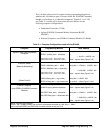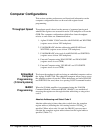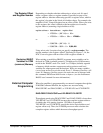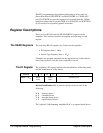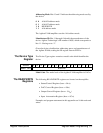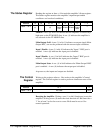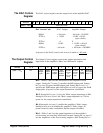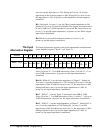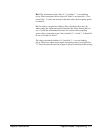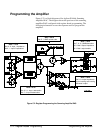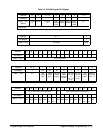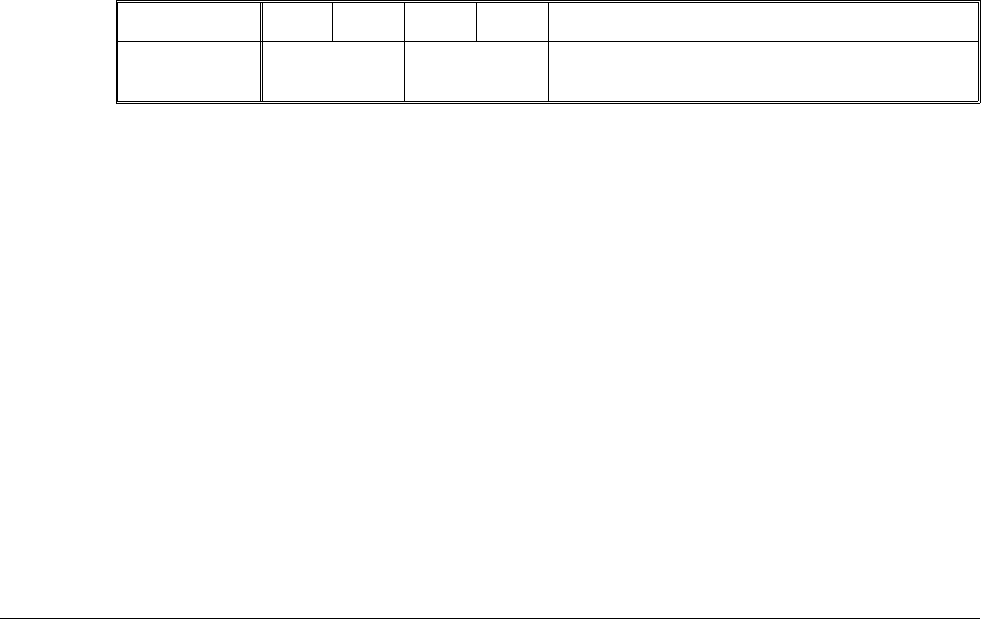
IBASIC programming using absolute addressing or select code 8 is
faster than either DIAG:PEEK? and DIAG:POKE or VXI:READ?
and VXI:WRITE because the registers are accessed from the VXIbus
backplane rather than from the GPIB. Also, READIO and WRITEIO
do not need to be repetitively parsed at runtime.
Register Descriptions
There are two READ and four READ/WRITE registers on the
amplifier. This section contains a description and a bit map of each
register.
The READ Registers The following READ registers are located on the amplifier.
• ID Register (base + 00
16
)
• Device Type Register (base + 02
16
)
Examples and program statements in this appendix use 16-bit reads. In
most cases, however, only the lower eight bits are used.
The ID Register The amplifier’s ID register indicates the classification, addressing mode,
and the manufacturer of the device.
Address 15 14 13 12 11 - 0
base + 00
16
Device
Class
Address
Mode
Manufacturer ID
Device Classification. Bits 15 and 14 classify a device as one of the
following:
0 0 memory device
0 1 extended device
1 0 message-based device
1 1 register-based device
The Agilent E1446 Summing Amplifier/DAC is a register-based device.
C-6 Register-Based Programming Register Descriptions



